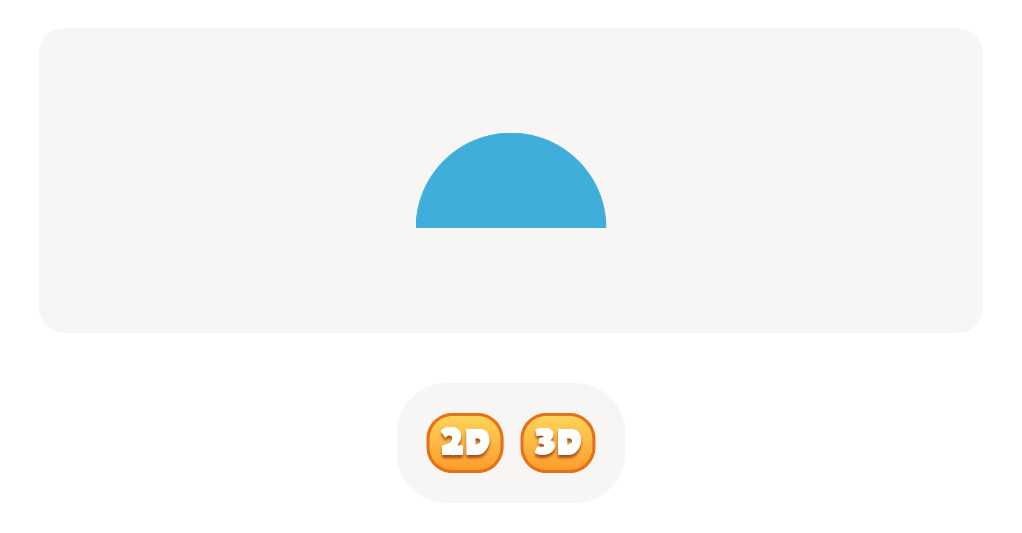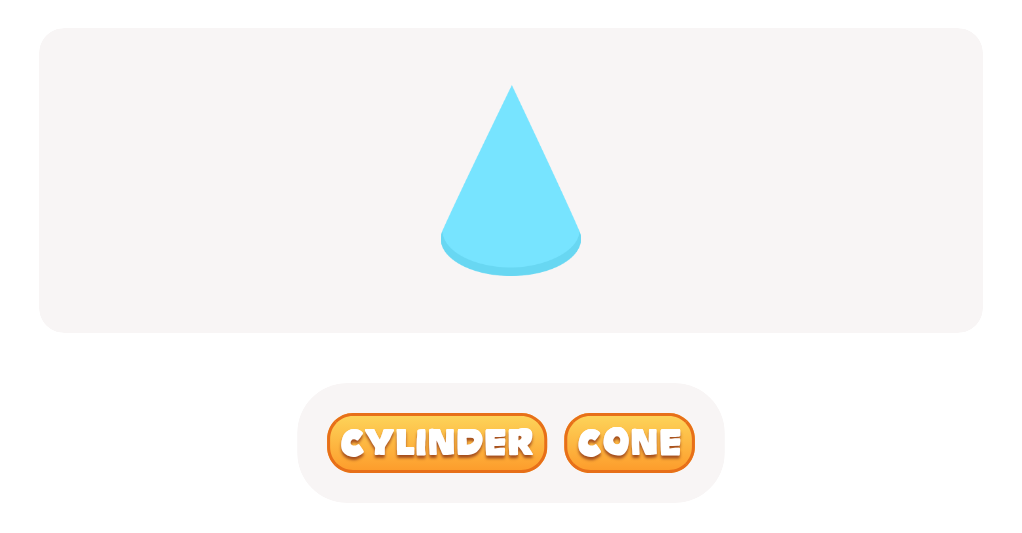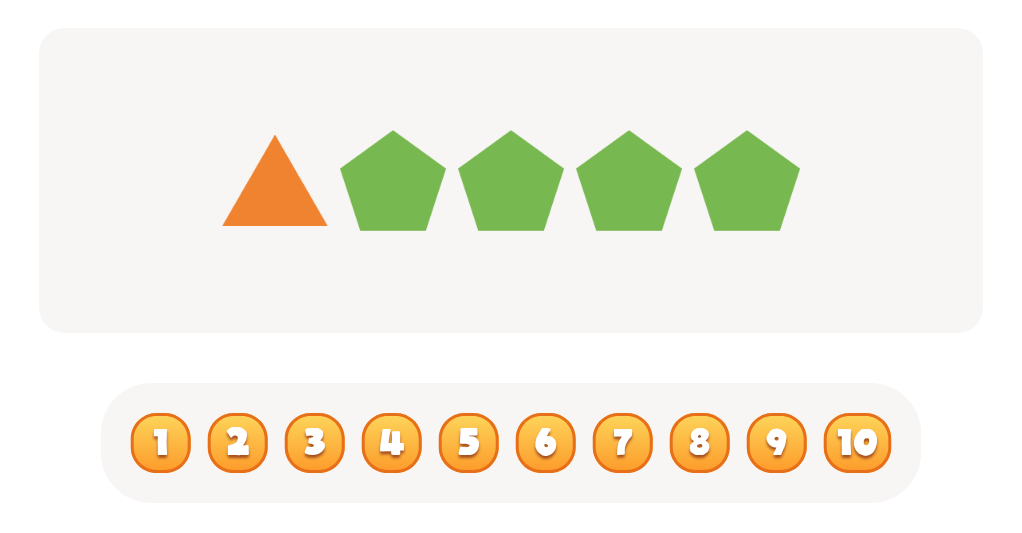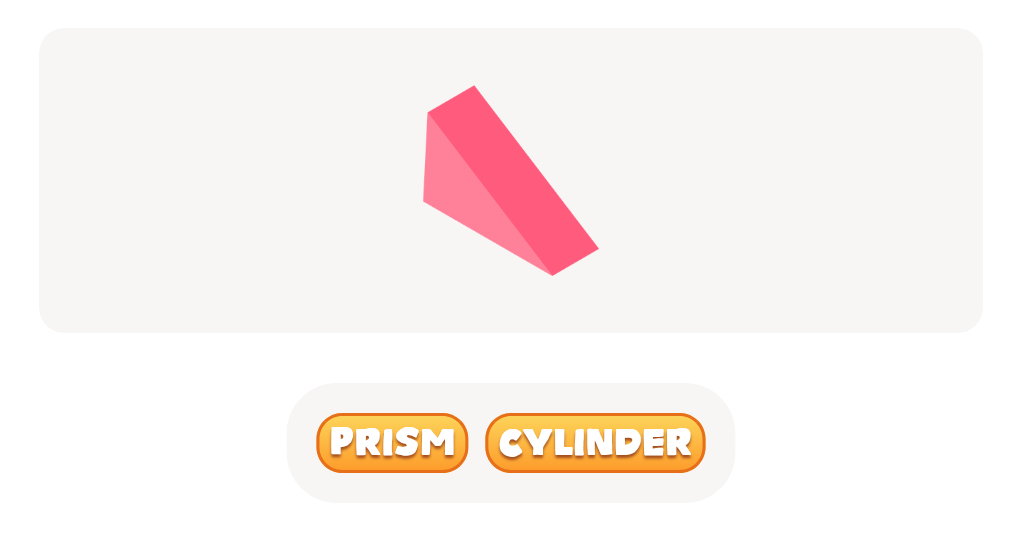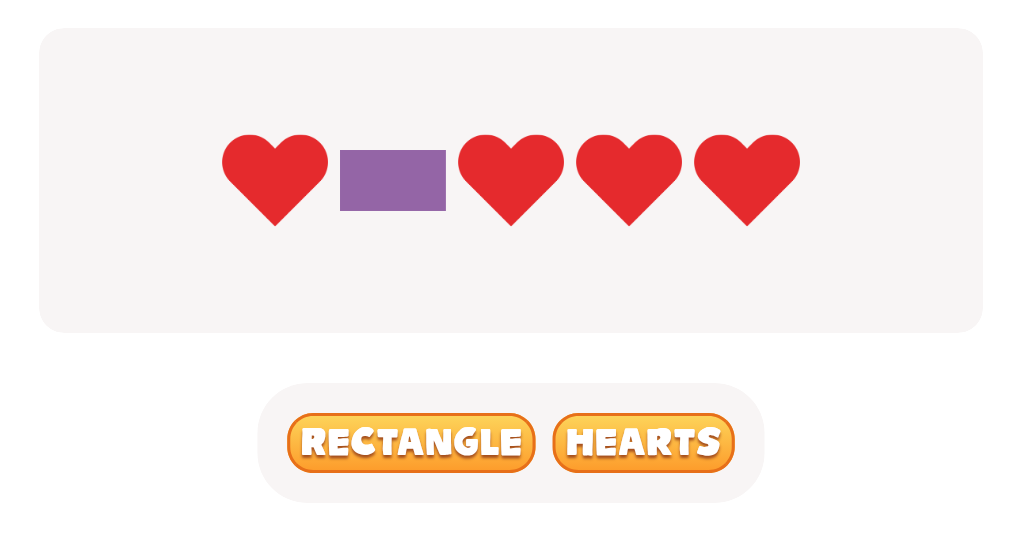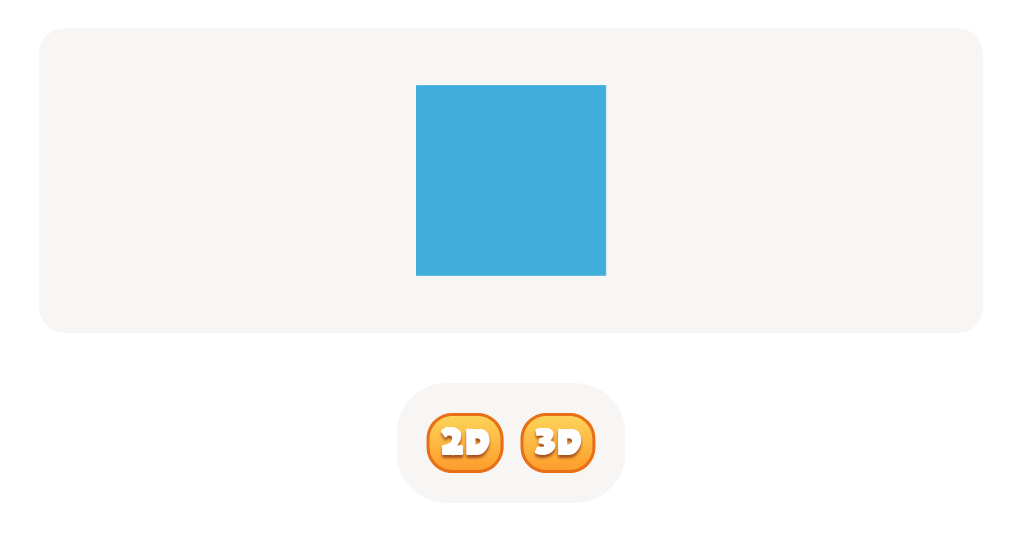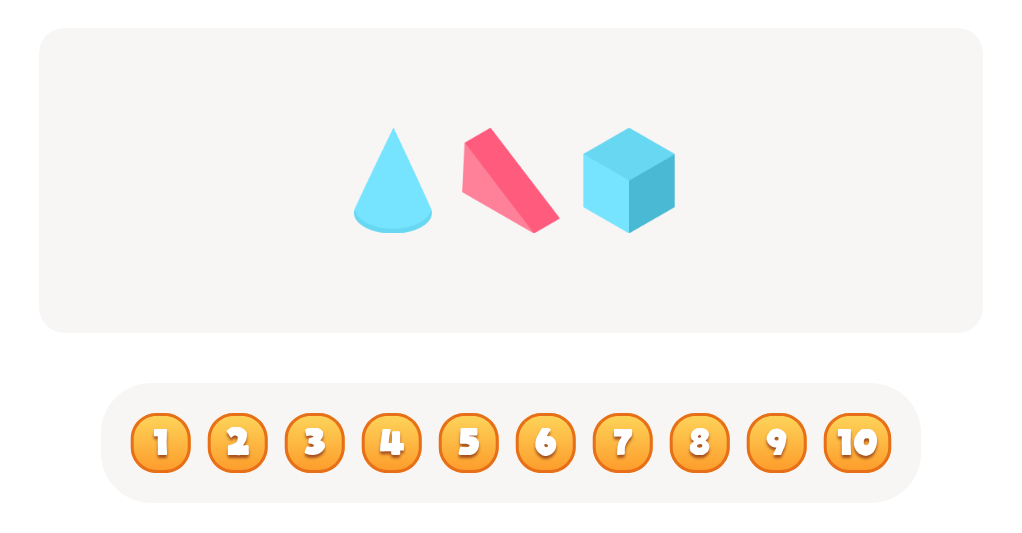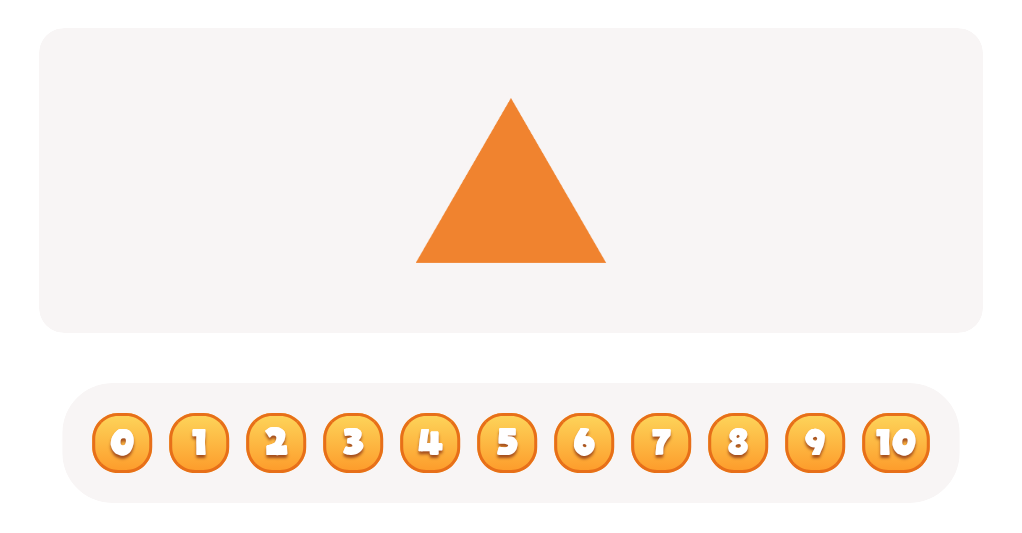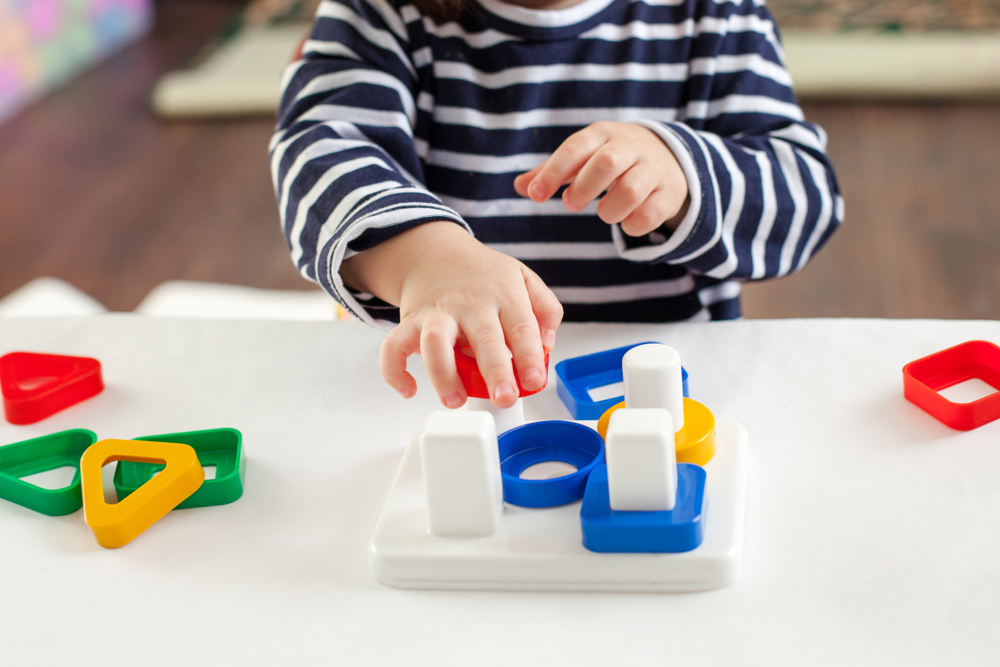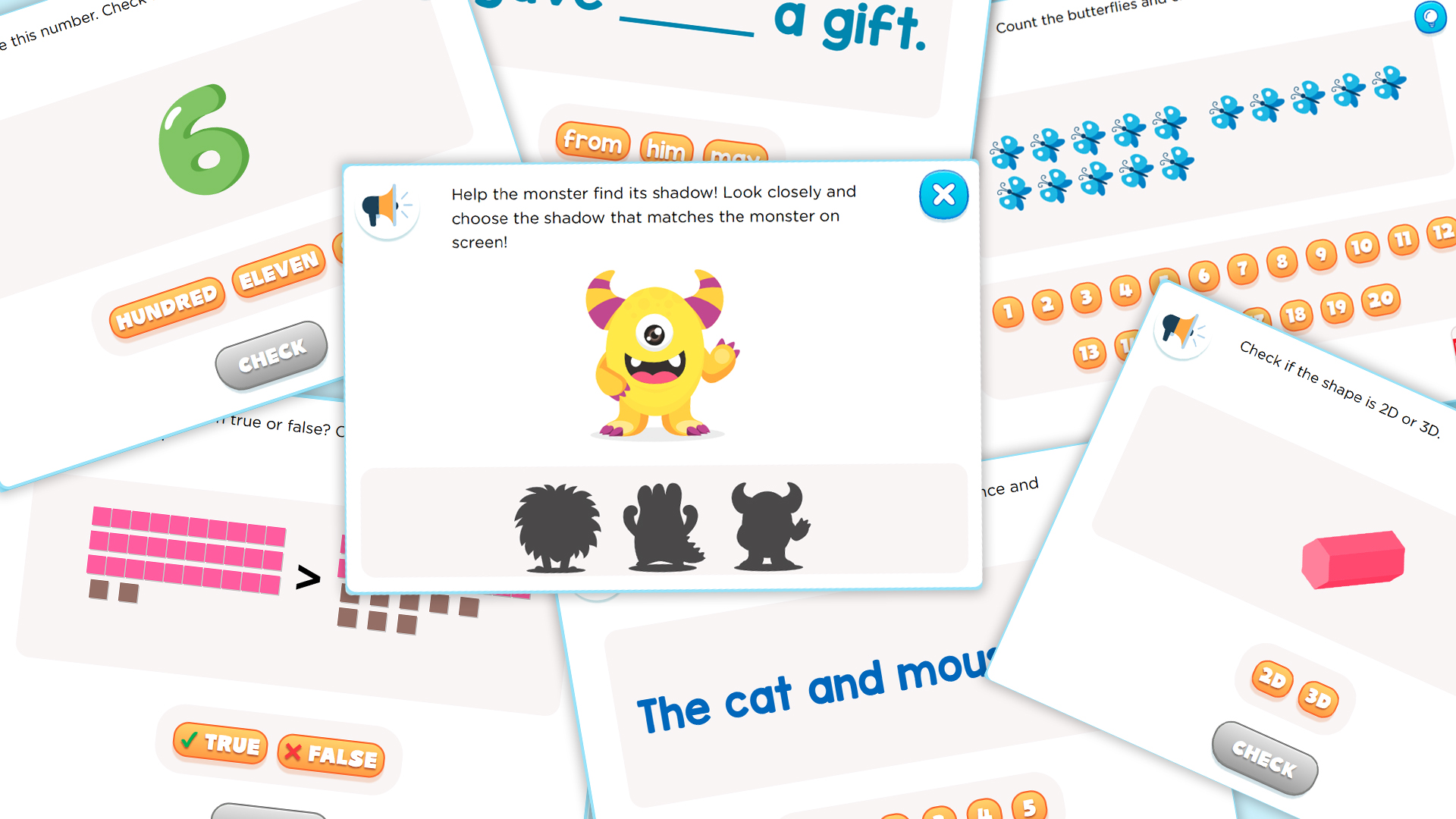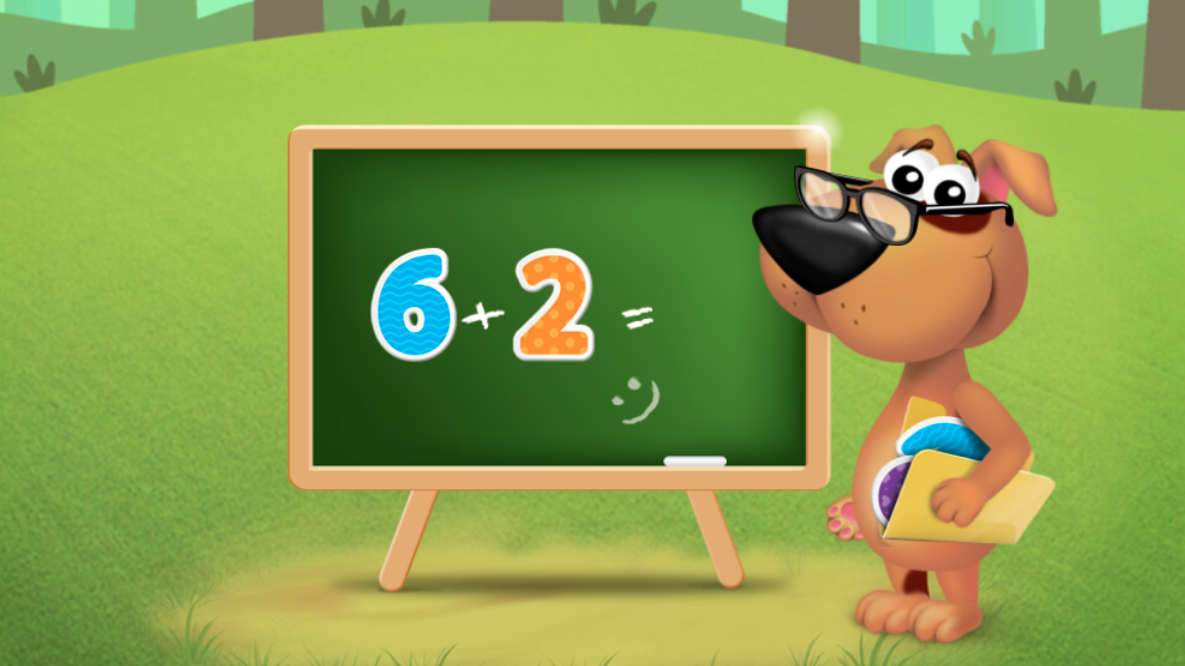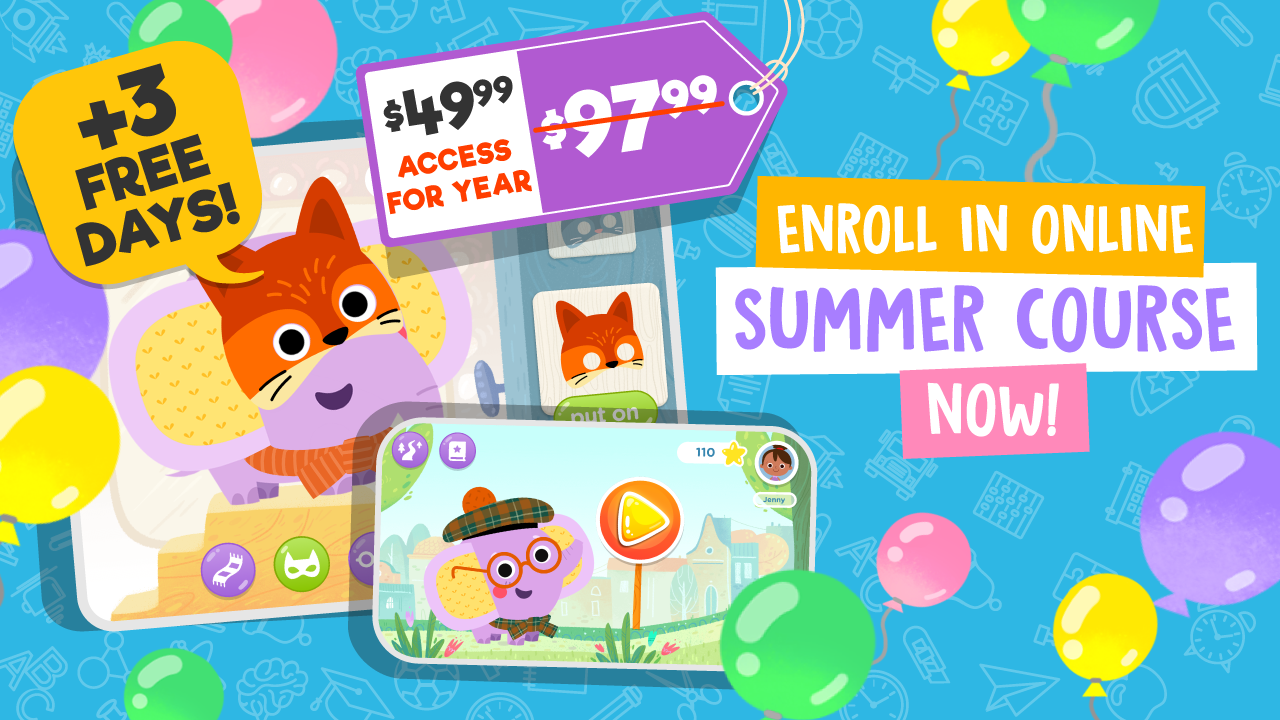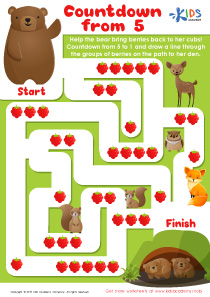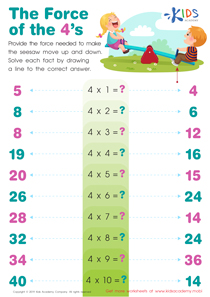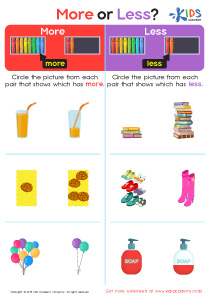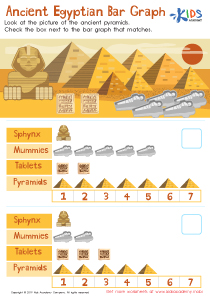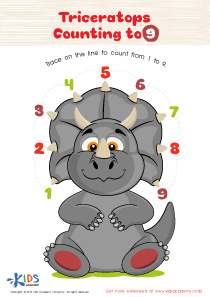Shape Recognition Easy Geometry Worksheets for 5-Year-Olds
3 filtered results
-
From - To
Discover our Shape Recognition Easy Geometry Worksheets, perfect for 5-year-olds! Engaging and educational, these worksheets are designed to help young learners easily identify and differentiate between shapes. Featuring fun activities and colorful visuals, our worksheets promote cognitive development and enhance fine motor skills. They offer a foundational understanding of geometry, preparing kids for more advanced mathematical concepts. Parents and teachers alike will find these resources invaluable for keeping children entertained while making learning enjoyable. Visit our site to explore and download these free, printable worksheets today, and watch your child’s confidence in shape recognition grow!
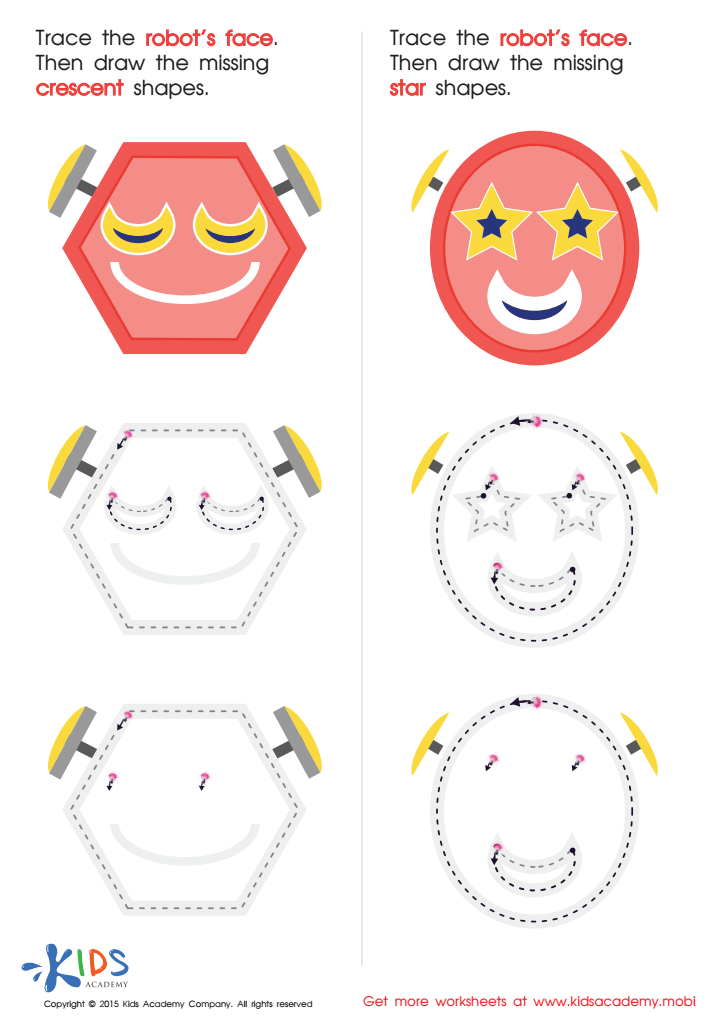

Composing a Robot's Face of Crescents And Stars Worksheet
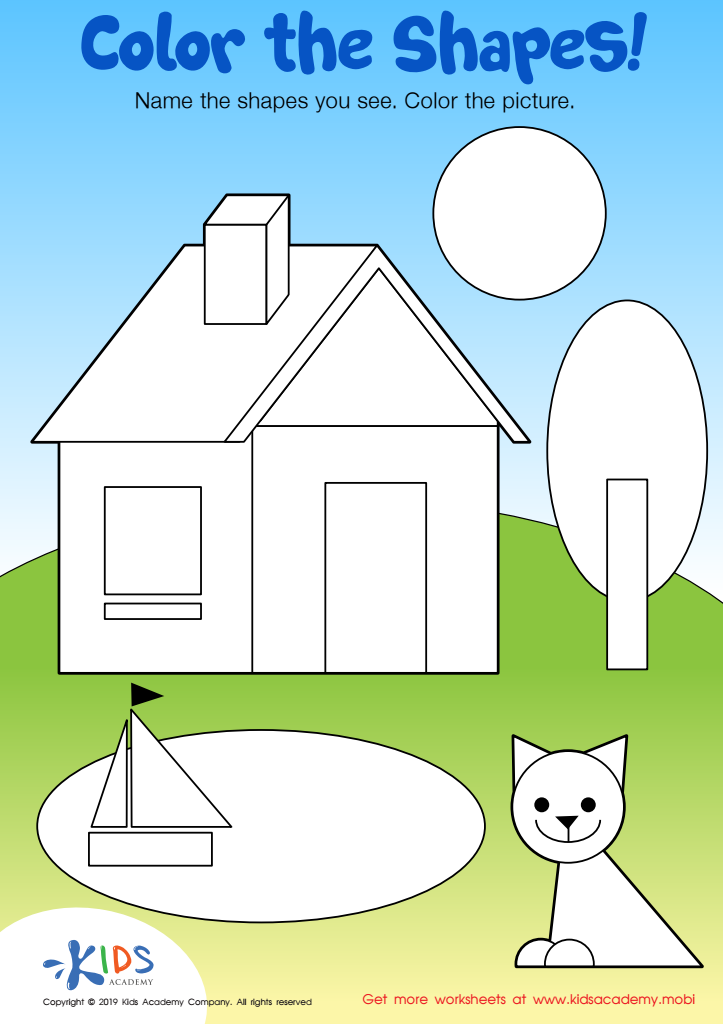

Color the Shapes Worksheet
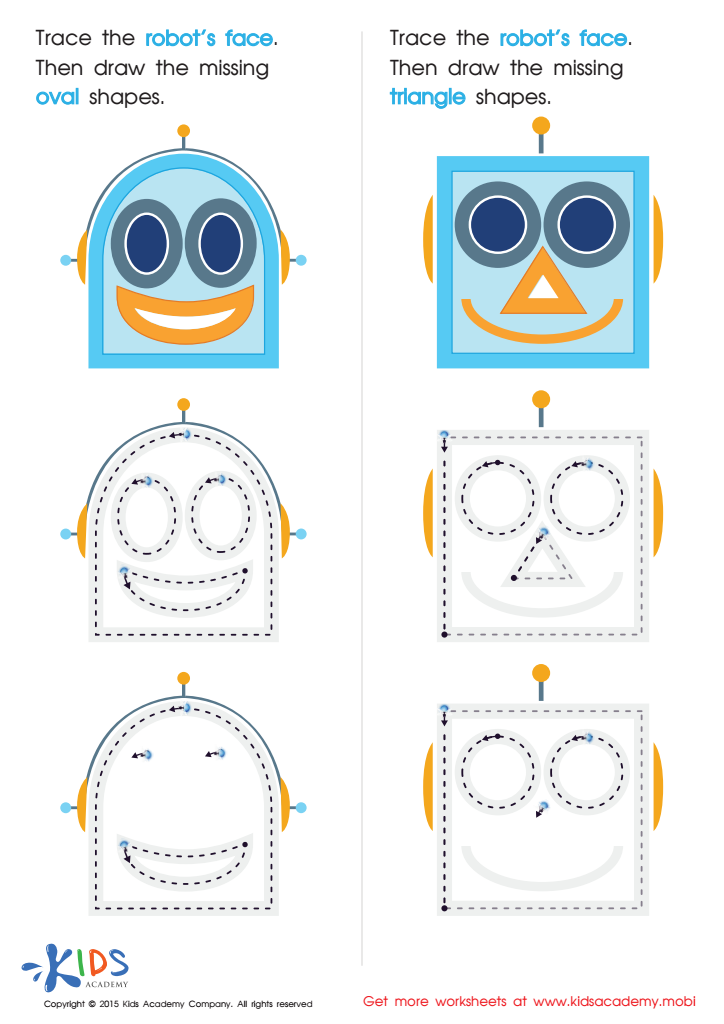

Drawing Ovals And Triangles with Fun Printable
Shape recognition and easy geometry are fundamental skills that serve as building blocks for more advanced mathematical concepts and everyday problem-solving. For 5-year-olds, learning to recognize and distinguish different shapes goes beyond the immediate ability to name squares and circles; it lays the groundwork for critical cognitive development and spatial understanding.
Early introduction to shapes helps children enhance their visual discrimination skills. Recognizing shapes is associated with how children prepare to learn numbers and letters, as both require differentiating between various forms and symbols. Additionally, shape recognition plays a pivotal role in early problem-solving abilities. By understanding shapes, children can begin to classify and categorize objects, which is crucial in both mathematical and scientific thinking.
On a socio-emotional level, successfully mastering shape recognition boosts confidence and encourages a positive attitude towards learning. When children easily distinguish shapes, they gain a sense of accomplishment that can motivate further curiosity and engagement in other areas of study.
In the context of cultural richness and diverse environments, understanding shapes also provides a shared vocabulary. When parents and teachers emphasize shape recognition, they foster communication and collaborative learning experiences among children.
Overall, prioritizing easy geometry and shape recognition at a young age nurtures essential developmental milestones, intercultural comprehension, and sets the stage for lifelong learning achievements.

 Assign to My Students
Assign to My Students
